
Severity: Notice
Message: Undefined index: HTTP_ACCEPT_LANGUAGE
Filename: controllers/Homepage.php
Line Number: 14
Backtrace:
File: /home/oceantravel/www/application/controllers/Homepage.php
Line: 14
Function: _error_handler
File: /home/oceantravel/www/index.php
Line: 315
Function: require_once
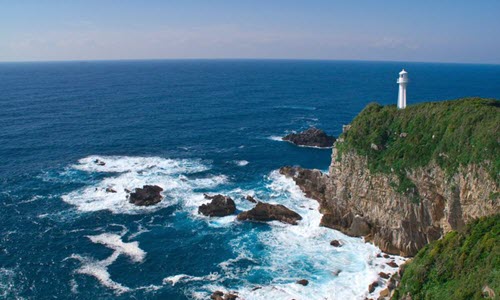
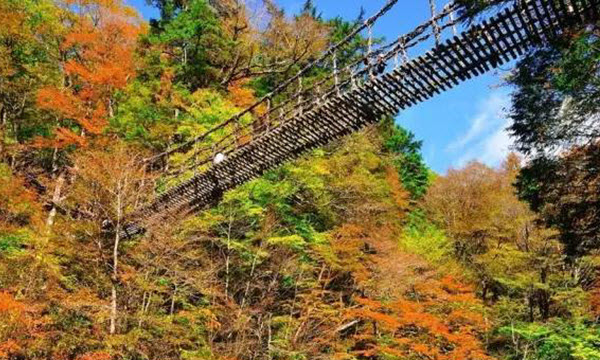

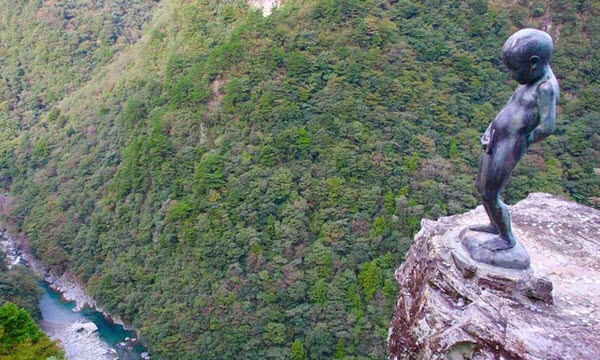
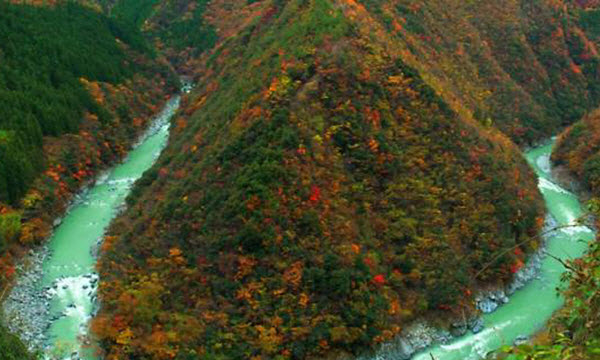
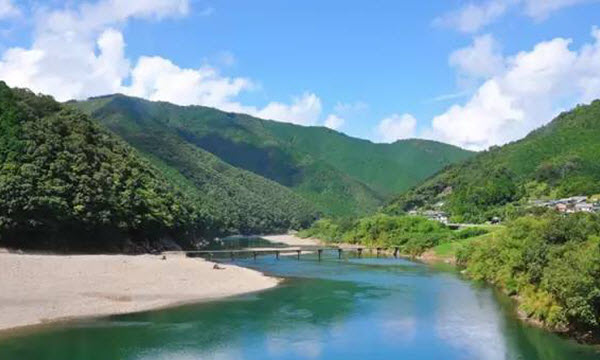
Shikoku is one of the five main islands of Japan. Shikoku is the second smallest main island after Okinawa. It is 225 km or 139.8 mi long and between 50 and 150 km wide. It has a population of 3.8 million. It is located south of Honshu and north east of Kyushu. Shikoku's ancient names include Iyo-no-futana-shima , Iyo-shima, and Futana-shima, and its current name refers to the four former provinces that made up the island: Awa, Tosa, Sanuki, and Iyo, packs a big natural and cultural punch. It boasts picturesque coastline on the glittering Seto Inland Sea, legendary udon noodles, movie-inspiring onsen, the first step on the 88 Temple Pilgrimage and a summer stage for Japan to dance. It also provides the setting for Japanese literary giant Natsume Soseke's classic, 'Botchan'.

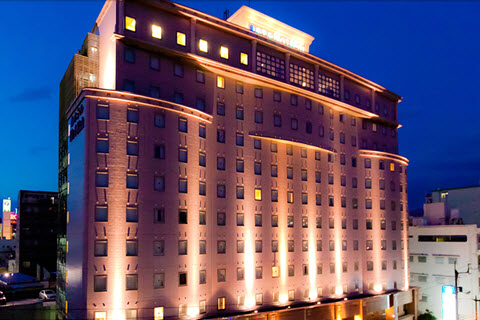
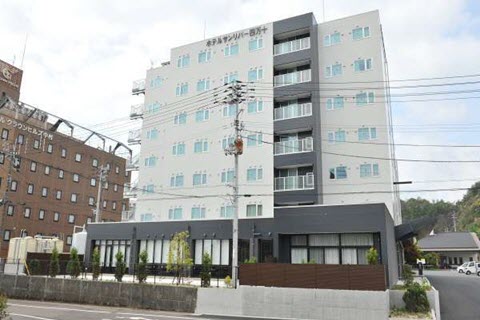
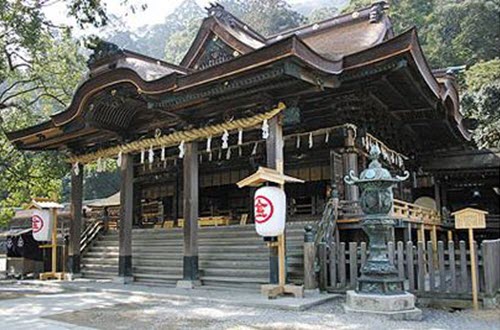
Kotohira-gū also known as Konpira-dai-gongen, Konpira-san, or Konpira Shrine in Englishis a Shinto shrine in the town of Kotohira in Nakatado District, Kagawa, Japan. This shrine is patron of sea ship transport and sailor. Located at 521 metres halfway to the top of Mount Zōzu, the shrine stands at the end of a long path, with 785 steps to the main shrine and a total of 1368 steps to the inner shrine. Since the Muromachi period, pilgrimages to the shrine became popular, and even today usually hundreds of visitors in a day climb the steps of Mount Zōzu. On the way to the shrine is a sake museum, stores, and stones with the names of donors carved in kanji. There are many souvenir shops, cafes, teahouses and udon noodle restaurants located in the area around the shrine. Popular souvenirs include the yellow happiness charms and the mini konpira dog figurines. Once you have finished shopping and eating, the path to the main shrine hall takes around 45 minutes and consists of 785 steps. If you don't feel like walking, you can hire a palanquin and take in the sights as you are carried around.
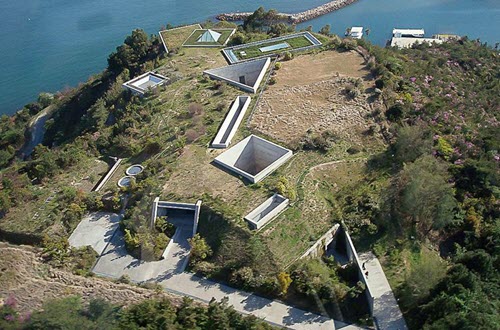
The Chichu Art Museum is a museum built directly into a southern portion of the island of Naoshima in Kagawa Prefecture, Japan. It was designed by architect Tadao Ando and opened to the public on July 18, 2004. The subterranean museum is under the administration of the Fukutake Foundation, a project of the Benesse Corporation whose president Soichiro Fukutake also acts as director of the facility. It exists as part of an ongoing initiative to 'rethink the relationship between nature and people', and is one of several arts-related sites generating tourist interest in the area. Despite its position buried underground, the design of the building is such that it facilitates the exclusive use of natural light to illuminate a number of the exhibits, changing their appearance at different viewing times throughout the day and, in essence, encompassing the building itself within the same realm as the art on display.
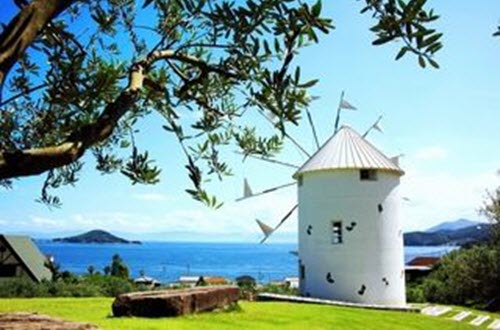
Shōdo Island is an island located in the Inland Sea of Japan. The name means literally 'Island of Small Beans'. There are two towns on the island: Tonoshō and Shōdoshima, comprising the district of Shōzu. The island is famous for the first area of Japan to successfully grow olives thanks to the Mediterranean climate, and is sometimes known as 'Olive Island'. You can get the sense of Agean Sea in here.
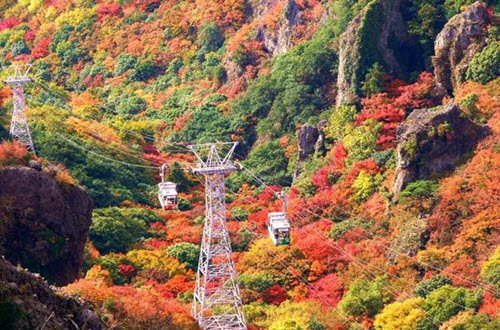
The gorge of Kankakei is a nationally designated Place of Scenic Beauty on the island of Shōdo-shima, Kagawa Prefecture, Japan. Part of the Setonaikai National Park, the heights rise to 812 m. The area is celebrated for its Japanese maple trees. In 1927 Kankakei was selected as one of the 100 Landscapes of Japan.
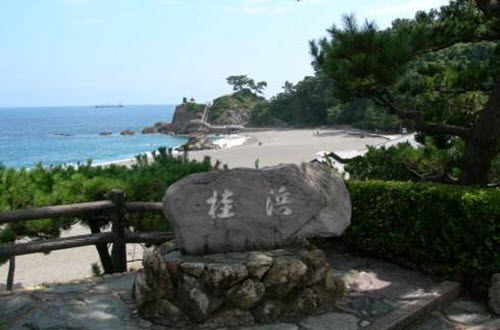
Katsurahama is a scenic beach 30 minutes south of central Kochi by bus. Because of strong currents, swimming is prohibited at Katsurahama. In place of swimming, visitors see the many other attractions located around the area. A famous statue of Kochi's favorite son, Sakamoto Ryoma stands near the beach. Sakamoto was one of the architects of modern Japan.
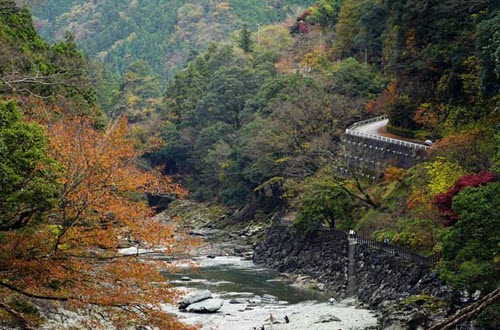
The Iya Valley region in Tokushima Prefecture, Japan is a scenic area known for its dramatic mountain valleys, thatched roof farmhouses and historic vine bridges. Although access has improved in recent years, the Iya Valley and the inner parts of Shikoku have historically been remote and difficult to enter, making them a favorite retreat for refugees and defeated warriors. Most notably, members of the Taira clan (aka Heike clan) were rumored to have entered the area after losing the Genpei War to the Minamoto clan in the late 12th century. In modern times, the Iya Valley has become an increasingly popular tourist destination due to its natural environment and to being one of the last few vestiges of old world Japan. Although the west part of the valley (known as Nishi-Iya) has good road access and other tourist facilities, the eastern area known as Higashi-Iyaor Oku-Iya is still relatively difficult to access. Several vine bridges, once the only method for crossing the rivers, continue to span the valleys and have become a tourist attraction.
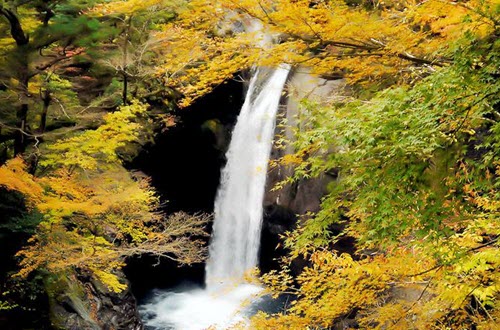
Okamoto Falls is located in Naga-cho, Naga-gun, Tokushima Prefecture, and is selected as one of the top 100 waterfalls in Japan. The waterfall is surrounded by cliffs up to 100 meters in height, with a drop of 2 meters. The Kamagaya River, which originates from the Kagawa basin tributary, is characterized by its abundant water volume. In addition, the '滝 pot' under the waterfall is 15 meters deep, and it is said that a large snake inhabits it.

亲测靠谱
只有亲身体验过
的才敢推荐给您

精致高端
心无旁骛
专注精致高端旅行

匠心缔造
匠心打磨
用恰当的方式体检当地精华

主题定制
旅行就该个性喷张
海洋观光为您私人定制

全程服务
不止关注预定
更为您的行程体验全程负责